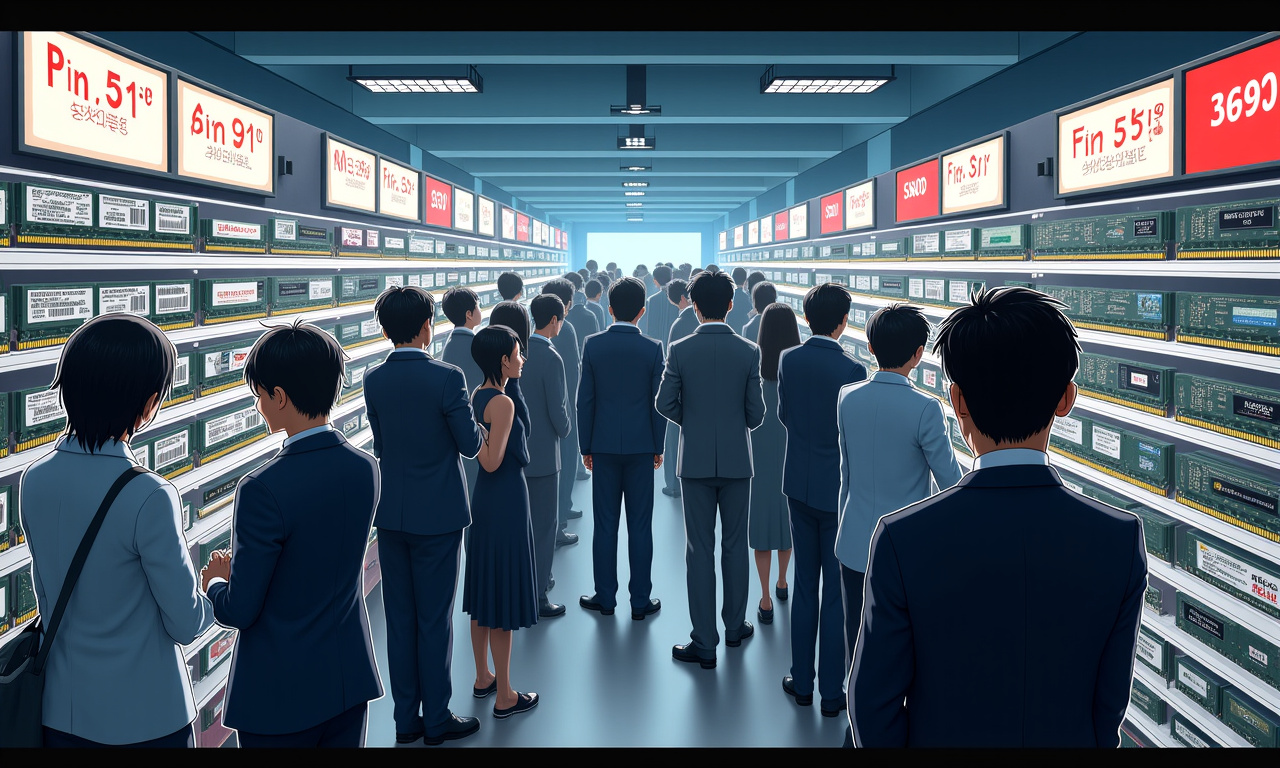Background and Industry Trends
In recent weeks, Japan’s electronics market has been rattled by a dramatic surge in memory chip prices. This rise is primarily due to increased demand and supply chain disruptions, impacting not only consumer electronics but also enterprise-grade storage solutions. Memory chips, crucial for a multitude of devices from laptops to servers, have experienced fluctuating prices before; however, the current trend reflects broader market disruptions, partially driven by the global semiconductor shortage and shifts towards AI technologies.
Current Developments in the Retail Sector
In response to the price hikes, several Japanese retailers have instituted purchasing limits on RAM and SSD products. For instance, some stores now restrict purchases to eight units per customer per transaction. Stricter limits are found elsewhere, with certain outlets only permitting the sale of two storage drives or SO-DIMM modules per buyer. Curiously, there’s a workaround: customers purchasing new PCs may negotiate for higher limits.

Photo Akiba-PC.
Supply Chain Challenges
These restrictions are not solely due to price increases. Retailers are also grappling with lower-than-expected inventory, as suppliers fail to deliver the anticipated amounts of memory products. This shortage ties into the broader global issue, as several SSD manufacturers have paused shipments to re-price their goods in light of elevated flash memory procurement costs.
Outlook for the Future
Industry analysts predict this challenging environment may persist into early next year. With the boom of AI applications and data centers continuing to drive demand, it’s uncertain when prices might stabilize. Until then, consumers and businesses in Japan are likely to face ongoing supply constraints and pricing pressures.





